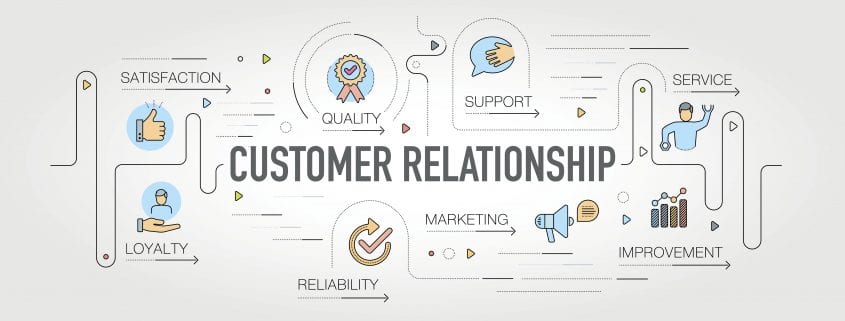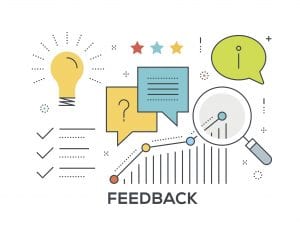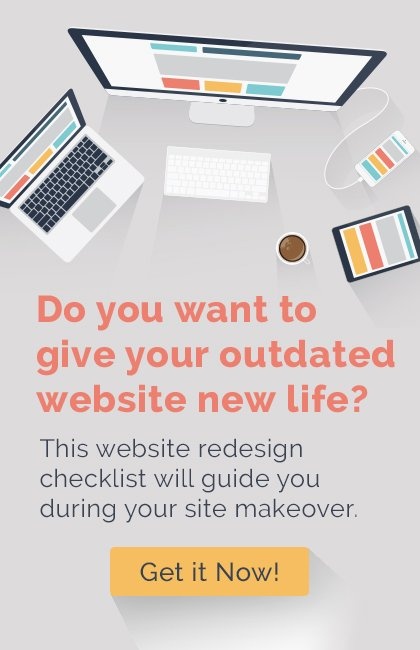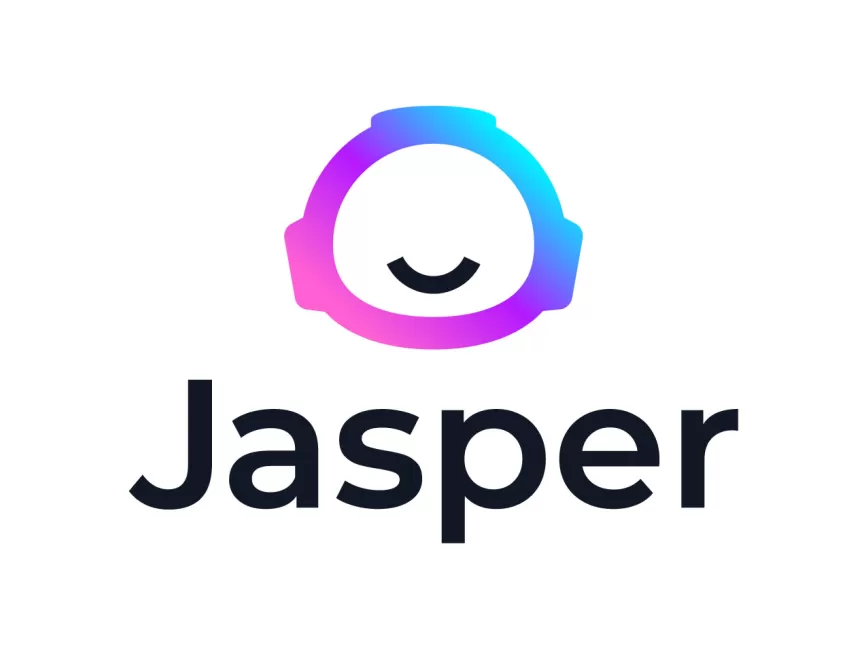
What’s Trending in Marketing For November 2023
Welcome to our November 2023 edition of “What’s Trending,” where we bring you the most relevant marketing trends and insights. Stay informed and ahead of the game with our curated collection of marketing trends and reports in winter 2023.
Noteworthy Marketing Trends and News
The Guardian view on festive marketing: stop spending like there’s no tomorrow
In 1998, a British newspaper introduced “Black Friday” as a post-Thanksgiving shopping phenomenon in the US. Today, global spending on advertising during the festive season is predicted to reach a record £9.5bn. However, the environmental impact of promoting overconsumption is a growing concern. The Guardian explores the idea of banning or regulating ads to address misleading environmental claims. The Advertising Standards Authority (ASA) is criticized for its lax approach, with only a small fraction of environmental ad complaints investigated. Tightening regulations is proposed as a step toward aligning advertising with the urgent need for climate-conscious practices.
Microsoft Advertising Shares Holiday Season Marketing Playbook
 Microsoft Advertising provides insights in its Festive Holiday Marketing Playbook to help businesses enhance holiday sales. Key points include understanding the timing of revenue peaks around Black Friday and Cyber Monday, leveraging deal-seeking behaviors among consumers, and capitalizing on search for online and in-store purchases. The National Retail Federation predicts a 3-4% increase in US holiday spending. Advertisers are encouraged to align strategies with the ‘Cyber-5’ period and utilize search for targeted advertising.
Microsoft Advertising provides insights in its Festive Holiday Marketing Playbook to help businesses enhance holiday sales. Key points include understanding the timing of revenue peaks around Black Friday and Cyber Monday, leveraging deal-seeking behaviors among consumers, and capitalizing on search for online and in-store purchases. The National Retail Federation predicts a 3-4% increase in US holiday spending. Advertisers are encouraged to align strategies with the ‘Cyber-5’ period and utilize search for targeted advertising.
Popular cereal gets Bud Light treatment after sneaky marketing campaign
Kid Rock’s anti-Bud Light campaign, sparked by the beer brand’s association with a transgender model, has now shifted to target Kellogg’s-owned Froot Loops in Canada. The cereal faces a boycott after promoting equity, diversity, and inclusion on its boxes, urging kids to practice pronouns. Social media users criticized the move, with some accusing it of “woke indoctrination.” Froot Loops’ digital library, tied to the promotion, offers diverse topics for families. The backlash reflects an ongoing trend of brands facing criticism for perceived political messaging, following controversies like Bud Light’s partnership with a transgender model and Target’s transgender branding frenzy.
Find these articles interesting? You may like: Creating Successful Holiday Marketing Campaigns
Learning Marketing Trends and Ideas
Micro Moments: A New Consumer Behavior in Marketing
Successful businesses understand that consumer behavior in marketing does not stay the same. Consumer behavior changes based on a variety of factors, including new tools and ways of using those tools. The smartphone drastically changed consumer behavior in marketing. This happened somewhat recently, yet people already spend roughly 3.5 hours a day on their phones. The way that a person interacts with their phone is much different than how they interact with TV, magazine ads, or their computer. As a result, marketers must expand the ways in which they engage with consumers in order to continue capturing their attention. Continue to read here.
Essential Website Updates for Senior Living Communities

According to a study by the Pew Research Center, as of 2021, 73% of adults over the age of 65 in the United States use the internet. This number has been steadily increasing over the years, highlighting the importance of a strong online presence for senior-focused businesses. This article will explore key website updates that senior living communities should consider. The goal is to stay relevant and provide the best possible experience for their audience. Continue to read here.
The Brand Loyalty Of Generation X
Consumers like certain brands. They develop a trust that the brand’s products are of the right quality and a good value. That trust, along with other positive emotions, causes consumers to develop brand loyalty, where they tend to buy certain products from particular brands now and into the future. How brand loyalty works depends on many factors, age and status in life being two. It is critical to understand how a particular generation develops brand loyalty. The insights gained by this understanding make marketing to the generation in question much easier. Let’s look at Generation X for example. Continue to read here.
Recent Marketing Trends, Reports, and Updates
2024 B2B Tech Marketing Trends: The Year Of Authenticity
As 2024 approaches, marketing trends point to a shift from traditional content to richer experiences, a return to genuine human interactions amid automation, and a move beyond numerical dominance in analytics. AI’s role may bring humorous hiccups, emphasizing the value of human intuition. Niche specialists are expected to dominate the influencer landscape. Return on investment will extend beyond financial metrics, and marketing strategies will shift away from linear funnels to dynamic customer journeys. Hyper-personalization is seen as a double-edged sword, requiring a balance between relevance and privacy. Success in 2024 involves revisiting core values and creating meaningful connections.
Ogilvy reveals key influencer marketing trends for 2024
The report cites how live streaming across social platforms will continue to be a critical medium. Sixty six percent of brands already report that creator-led content delivers more ROI than traditional ads. Influencers could see revenue opportunities through live streaming over traditional subscription models as more platforms integrate payment schemes.
Predicting the top 5 digital marketing trends for 2024
Over the past year, significant changes occurred in the digital marketing space: the DOJ’s antitrust lawsuit against Google finally going to trial, Apple’s iOS 17 introducing more privacy-centric features that upended the tracking status quo, the EU issuing multi-million-dollar fines against Criteo for GDPR violations, streaming TV overtaking linear TV in viewership, the collapse of MediaMath, Amazon’s impending launch of ads on Prime Video, and—finally—Disney and Spectrum agreeing to a revolutionary new model for linear TV programming and the ways that content providers and multichannel video programming distributors (MVPDs) work together. See the top 5 digital marketing predictions.
Read Article: What We Can Learn from Viral Video Marketing & Examples of How It’s been Successful


















 Improve your user experience
Improve your user experience










 4.
4.  7.
7.  9.
9.  10.
10. 
